Landmark Supreme Court Ruling Expands Scope of Copyright Infringement Damages
In a landmark decision, the U.S. Supreme Court has ruled in favor of music producer Sherman Nealy, opening the door to substantial copyright infringement damages extending over a decade. This ruling, involving an unlicensed sample by Flo Rida, significantly impacts the entertainment industry, particularly how damages are pursued and awarded in copyright infringement cases.
The Case at a Glance
The dispute centers around the 1984 song “Jam the Box,” owned by Sherman Nealy's Miami-based record label, Music Specialist. Flo Rida sampled this song in his 2008 hit "In the Ayer" without Nealy's permission. Nealy, who was incarcerated at the time and unaware of the sample, filed a lawsuit in 2018 against Atlantic Records, Warner Chappell, and Artists Publishing Group. He sought damages for infringement dating back to 2008.
The central issue was whether Nealy could recover damages for infringements that occurred more than three years before filing his lawsuit. Warner Chappell argued that damages should be limited to infringements since 2015, but Nealy pushed for a broader scope.
Supreme Court's Decision
In a 6-3 ruling, the Supreme Court sided with Nealy, allowing for open-ended recovery of damages. Justice Elena Kagan, writing for the majority, stated, "There is no time limit on monetary recovery. So a copyright owner possessing a timely claim for infringement is entitled to damages, no matter when the infringement occurred."
This ruling potentially changes the landscape for copyright infringement cases, allowing plaintiffs to wait and let damages accumulate before suing. This can lead to significantly larger payouts if the lawsuit is filed within the statute of limitations.
Implications for the Entertainment Industry
The ruling clarifies a long-standing debate on how far back damages can be pursued, potentially increasing exposure to substantial damages for many in the entertainment industry. Intellectual property lawyer Paul Schoenhard noted, "This decision increases the risk of copyright infringement damages exposure for many folks in the entertainment industry."
Another intellectual property lawyer, Jeff Van Hoosear, termed the ruling a "victory for copyright owners," especially benefiting individuals and small entities. Trademark attorney Zachary Al-Tabbaa predicted a surge of copyright infringement lawsuits, some reaching back decades.
However, the ruling might also disincentivize copyright holders from promptly addressing infringements, especially if the infringing work gains significant popularity and profitability over time. Schoenhard highlighted, "This incentivizes parties not to be fully informed. Why would you ever want to wait? There may be acts of copyright infringement that would be discontinued upon filing of a lawsuit, permitting accrual of additional damages beyond what otherwise might exist."
Legal Interpretations and Future Outlook
The Supreme Court's decision did not settle whether the discovery rule or the injury rule should apply under the Copyright Act. This ambiguity means that plaintiffs might choose to bring claims in courts more favorable to their interpretation. The 8th and 11th U.S. Circuit Courts of Appeals have not explicitly endorsed the discovery rule, although lower courts under their jurisdiction have applied it.
The case underscores the importance of securing proper licenses to avoid long-term liability. Al-Tabbaa emphasized, "Clients must be advised not to utilize copyrighted material in their business activities unless they are absolutely certain they have the rights to do so. Otherwise, the liability may persist indefinitely if discovered later and a suit is timely filed."
The case will return to federal court, where additional issues, such as whether Nealy could have discovered the infringement while in prison, may arise. If it is found that he could have reasonably discovered the infringement earlier, he might still be barred from suing under the statute of limitations.
Wes Earnhardt, representing Nealy, expressed satisfaction with the Supreme Court's decision, stating, "By holding that damages are available for all timely filed infringement claims, regardless of when the infringements occurred, the Court's decision provides clarity on an important issue that had divided the Circuit Courts."
This ruling marks a significant moment in copyright law, with far-reaching implications for both copyright holders and alleged infringers.
